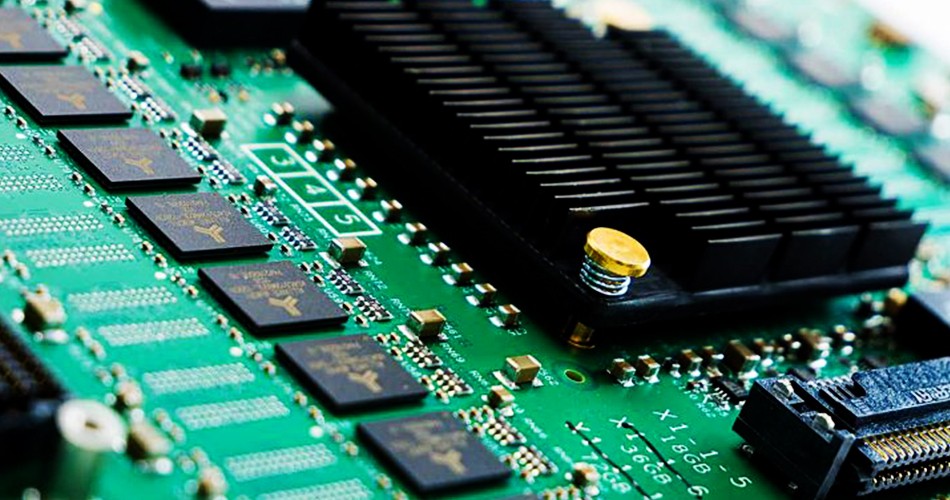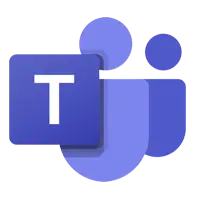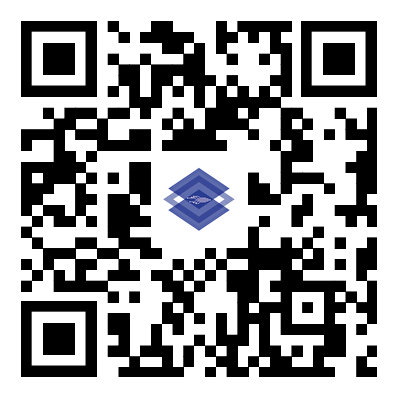- English
- Español
- Português
- русский
- Français
- 日本語
- Deutsch
- tiếng Việt
- Italiano
- Nederlands
- ภาษาไทย
- Polski
- 한국어
- Svenska
- magyar
- Malay
- বাংলা ভাষার
- Dansk
- Suomi
- हिन्दी
- Pilipino
- Türkçe
- Gaeilge
- العربية
- Indonesia
- Norsk
- تمل
- český
- ελληνικά
- український
- Javanese
- فارسی
- தமிழ்
- తెలుగు
- नेपाली
- Burmese
- български
- ລາວ
- Latine
- Қазақша
- Euskal
- Azərbaycan
- Slovenský jazyk
- Македонски
- Lietuvos
- Eesti Keel
- Română
- Slovenski
- मराठी
- Srpski језик
Advanced soldering technology in PCBA processing
2025-01-06
In PCBA (Printed Circuit Board Assembly) processing, soldering technology is the key link to ensure the reliable connection between electronic components and circuit boards. With the development of technology, many advanced soldering technologies have been introduced into PCBA processing to improve soldering quality, production efficiency and reliability. This article will explore the advanced soldering technologies used in PCBA processing, including selective soldering, reflow soldering, wave soldering and laser soldering.

Selective soldering
1. Technical Overview
Selective soldering is a technology for soldering at a specific location, mainly used for soldering surface mount components (SMT). This technology avoids soldering the entire circuit board by precisely controlling the soldering points, thereby reducing unnecessary soldering and soldering defects.
2. Advantages
Reduce soldering defects: By avoiding unnecessary soldering, the occurrence of soldering defects is reduced.
Improve production efficiency: It can reduce soldering time and improve production efficiency.
Reduce material waste: Reduce the amount of solder used and reduce material costs.
Implementation strategy: Consider the applicability of selective soldering in the design stage and configure the corresponding selective soldering equipment.
Reflow soldering
1. Technical overview
Reflow soldering is the process of melting and solidifying solder paste by heating after mounting the SMD components on the circuit board. This technology is suitable for mass production, especially for components of surface mount technology (SMT).
2. Advantages
Uniform soldering: Reflow soldering can provide uniform soldering quality and reduce cold soldering and false soldering.
Adapt to complex boards: It can handle multi-layer PCBs and high-density components and adapt to complex circuit designs.
High production efficiency: It is suitable for mass production and improves production efficiency.
Implementation strategy: Select a suitable reflow soldering furnace, adjust the heating curve and temperature control to ensure soldering quality and production efficiency.
Wave soldering
1. Technical overview
Wave soldering is a soldering technology that connects component pins to pads on the circuit board by passing the circuit board through a wave of molten solder. This technology is mainly used for traditional through-hole plug-in components.
2. Advantages
Wide range of application: It can handle a large number of through-hole components and is suitable for mass production.
High production efficiency: Wave soldering can quickly complete large-scale soldering tasks.
Stable soldering quality: Provide stable soldering quality and reduce problems in production.
Implementation strategy: Regularly maintain and clean wave soldering equipment, adjust the height and temperature of the solder wave to ensure soldering quality.
Laser soldering
1. Technical Overview
Laser soldering uses a high-energy laser beam to weld in a specific area. This technology can achieve high-precision soldering and is particularly suitable for high-density, small-size components.
2. Advantages
High-precision soldering: Able to weld in a very small area, suitable for high-density boards and small components.
Reduce thermal effects: The heat-affected area of laser soldering is small, reducing thermal damage to surrounding components.
Improve production flexibility: It can adapt to different soldering needs and has high flexibility.
Implementation strategy: Configure high-precision laser soldering equipment, perform parameter optimization and soldering process control to ensure soldering results.
Summary
In PCBA processing, advanced soldering technologies such as selective soldering, reflow soldering, wave soldering and laser soldering provide effective solutions for improving soldering quality, production efficiency and product reliability. By choosing the right soldering technology, companies can optimize production processes, reduce soldering defects, lower production costs, and achieve high-quality PCBA processing. Understanding and mastering these advanced soldering technologies will help improve production capacity and market competitiveness.
-
Delivery Service






-
Payment Options









